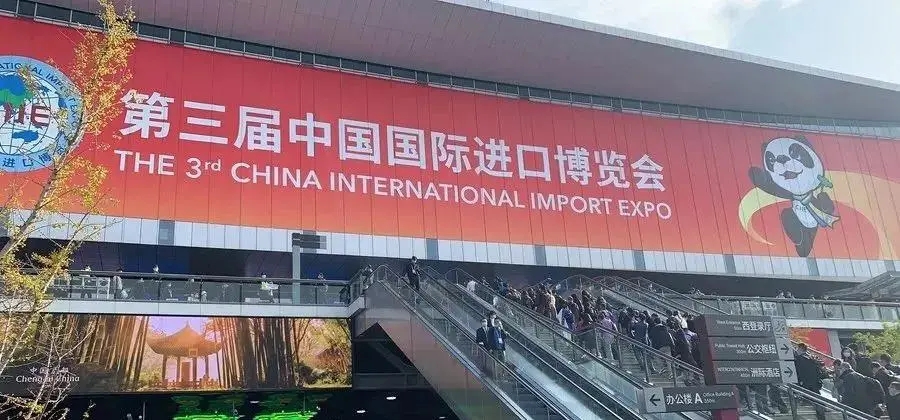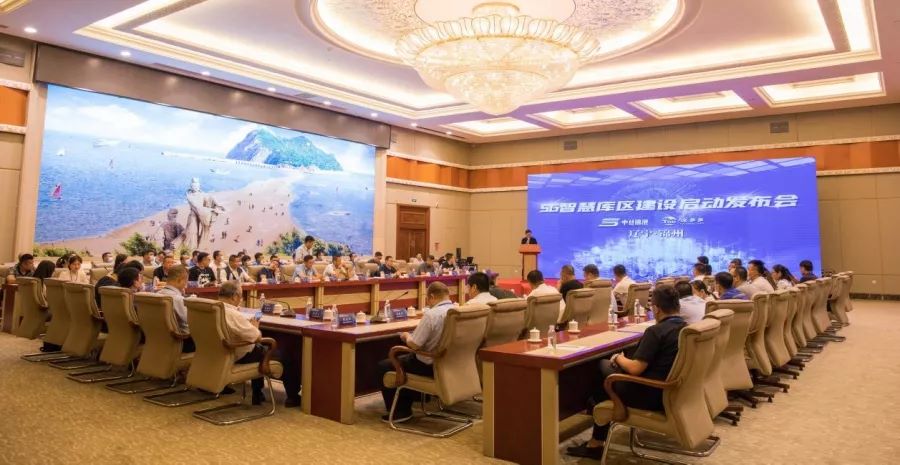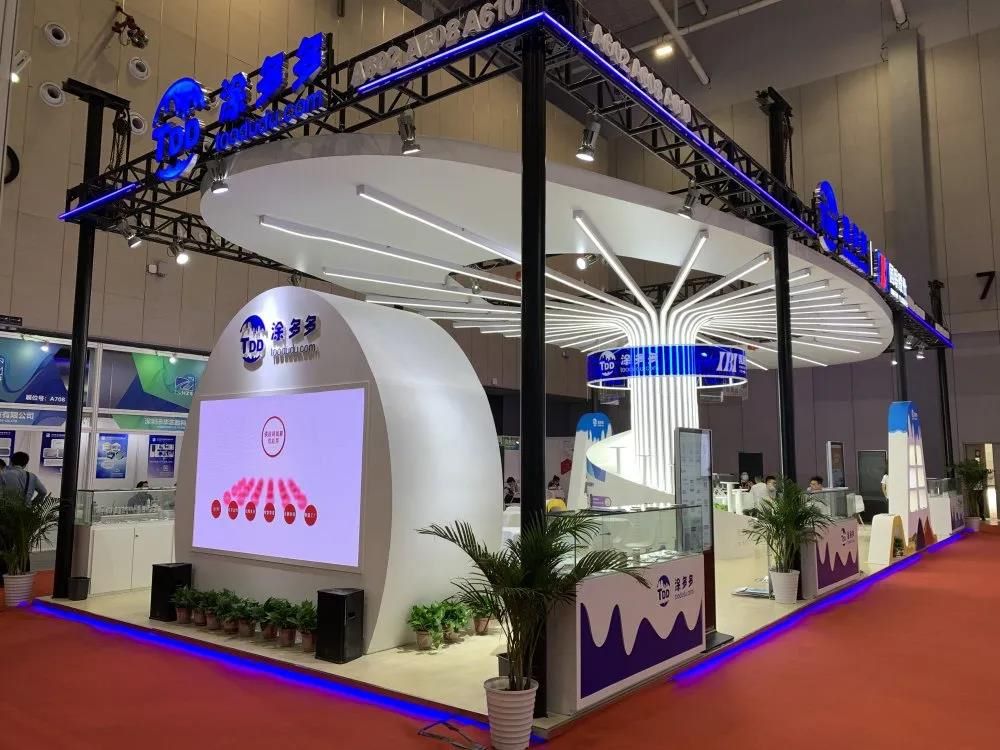Agricultural Tires: Driving Modern Farming Progress
Energy and efficiency are directly related to food security and agricultural benefits. As the only part of agricultural machinery in contact with the land, the performance of tires plays a decisive role.
Driven by strong market demand, agricultural tire companies are experiencing a profound wave of technological innovation and product upgrades, committed to improving agricultural machinery operating efficiency, reducing operating costs, and adapting to the increasingly diversified agricultural environment.
1. Market demand: the core driving force of change
The innovation of the agricultural tire industry is not a tree without roots, and its core driving force comes from the ever-changing market demand:
(I) Large-scale and efficient agricultural machinery
The development of large-scale and intensive agriculture has driven tractors, combine harvesters and other agricultural machinery to move towards high horsepower and wide-width operations.
This undoubtedly puts higher requirements on the tire's load-bearing capacity, traction, and ground pressure distribution, requiring larger size, stronger structure and better designed tires to provide support.
(II) Operating cost control pressure
Agricultural producers are facing the pressure of continued rising costs of seeds, fertilizers, fuels, and labor. As an important consumable and a key factor affecting fuel efficiency, the service life, wear resistance, and rolling resistance of tires are directly related to the cost of operating per acre. Extending tire life, reducing replacement frequency and reducing fuel consumption have become rigid demands of users.
(III) Challenges of diversified operating environments
The agricultural production environment in China and even the world is extremely complex. From the black soil in the northeast, the plain dry fields in North China, to the paddy fields, hilly mountains in the south, to the arid sandy land and saline-alkali land in the northwest, different soil types (clay, sandy soil, loam), humidity conditions (dry land, paddy fields), topography (plains, slopes) and climate conditions (high temperature, severe cold, rainy, drought) have put forward completely different requirements for tire grip, passability, puncture resistance and aging resistance.
(IV) Demand for precision agriculture and intelligence
With the promotion of precision agriculture technology, such as automatic driving and variable fertilization and sowing, higher requirements are put forward for tire size accuracy, ground contact shape stability and rolling consistency to ensure operation accuracy and navigation system reliability. The popularization of low tire pressure technology also requires tires to have stronger sidewall support and deformation resistance.
(V) Environmental protection and sustainability concerns
The increasing emphasis on environmental protection requires more environmentally friendly tire materials and cleaner production processes. At the same time, long life itself is also an important way to reduce resource consumption and waste.
2. Technological innovation and product upgrades: a weapon to meet challenges
Faced with the above complex, changeable and increasingly stringent market demands, agricultural tire companies actively embrace innovation and conduct technical research and product iteration in multiple dimensions:
(I) Material science and formula optimization
High-strength skeleton materials: Use high-strength steel cords, new rayon or aramid cords to reduce weight while ensuring tire strength, improve load-bearing capacity and durability, and resist deformation under high loads.
Advanced rubber formula
Wear-resistant formula: Use highly dispersed white carbon black, new wear-resistant carbon black and special resins to significantly improve the wear resistance of tread rubber and extend its service life on gravel and hard roads.
Anti-aging formula: Optimize the antioxidant system and protective wax technology to effectively resist rubber aging, cracking and physical property degradation caused by sunlight, ozone, high temperature, humidity and other factors, and extend the storage and service life of tires in harsh climates.
Low heat generation formula: optimize filler and polymer system, reduce the internal resistance heat generation of tires under high-speed rolling or heavy load, reduce thermal oxidation aging, and improve high-speed performance and durability.
Functional additives: introduce nanomaterials, special silane coupling agents, etc. to improve filler dispersion, enhance the bonding force between rubber and fillers, and further improve comprehensive performance.
(II) Structural design and manufacturing process innovation
Optimize tire structure: adopt more scientific cord angles and arrangements, optimize the stress distribution of crown and shoulder, and improve tire stability, load uniformity and impact resistance.
In response to the needs of low tire pressure technology (IF/VF tires), strengthen the sidewall design so that it can provide sufficient support and a large ground contact area under low air pressure, significantly reduce soil compaction, and improve traction.
Innovative pattern design: develop special patterns according to different operating scenarios
Dryland tires: emphasize deep patterns and large block designs to provide strong traction and self-cleaning properties to prevent clay.
Paddy field tires: adopt high, narrow and sparse "eight-shaped" or "herringbone" patterns to enhance water breaking, mud discharge ability and lateral stability to prevent sinking.
Cultivation management tires: design narrower treads and gentle patterns to reduce crushing damage to crops.
General tires: balance traction, self-cleaning, smoothness and road adaptability.
Popularization of radial tires: Compared with traditional bias tires, radial tires are rapidly becoming the mainstream of the market due to their significant advantages such as large contact area, uniform pressure distribution, low rolling resistance, good wear resistance, high fuel economy and good comfort. Its more flexible sidewalls also make it more suitable for low tire pressure applications.
Advanced manufacturing technology: high-precision molding machines, intelligent vulcanization control systems, laser or X-ray non-destructive testing, etc. are used to ensure that the tire size is accurate, the structure is uniform, and the quality is stable, meeting the requirements of precision agriculture for tire consistency.
(III) Specialized research and development for targeted terrain and climate
Adaptation to extreme terrain: Develop tires with stronger lateral grip and puncture resistance for hilly and mountainous areas; Develop tires with wide sections, low pressure, and special buoyancy patterns for sandy areas.
Climate adaptability: Develop rubber formulas that are resistant to low-temperature embrittlement for severe cold areas; Strengthen anti-ultraviolet and heat aging resistance for hot and arid areas; Enhance anti-slip and corrosion resistance for rainy and humid areas, such as rim anti-rust coating.
Special operation needs: Develop special tires for orchards, narrow bodies, and anti-root damage; special tires for vineyards, ultra-narrow and high ground clearance; forestry tires, super puncture resistance, and other highly segmented products.
3. Value creation and future prospects
This series of technological innovations and product upgrades will eventually be transformed into user-perceivable value:
(I) Direct economic value
Significantly extend the service life of tires, reduce tire consumption costs per unit of operating time; reduce rolling resistance and save fuel; reduce downtime caused by tire failures and improve operating efficiency.
(II) Agronomic value
Reduce soil compaction, protect soil structure, facilitate crop root growth and water penetration, improve land sustainable production capacity; reduce damage to crops, such as intertillage management tires.
(III) Improved operation quality
Provide more stable traction and better controllability, improve operation accuracy, such as sowing, fertilization and operation quality.
(IV) Safety and comfort
Enhance driving safety in complex terrain and bad weather; improve the driver's riding comfort.











